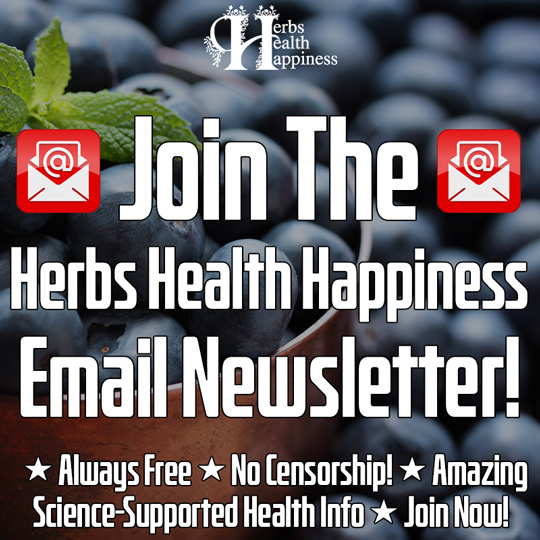Health Benefits Of Herbs And Spices
Graphic © herbshealthhappiness.com Here are 7 of the world’s best known herbs and spices, with a few of their noted health benefits according to scientific research: Cinnamon: Cinnamon can lower blood sugar levels by imitating insulin function and increasing glucose …


